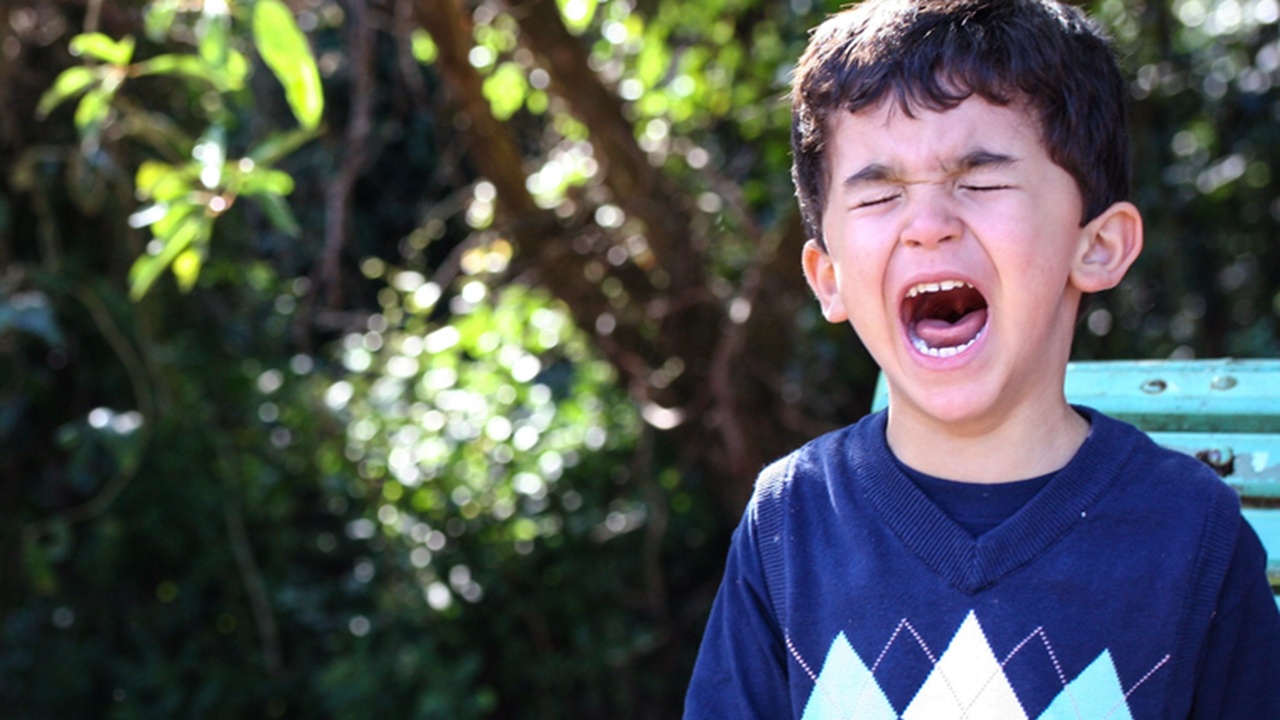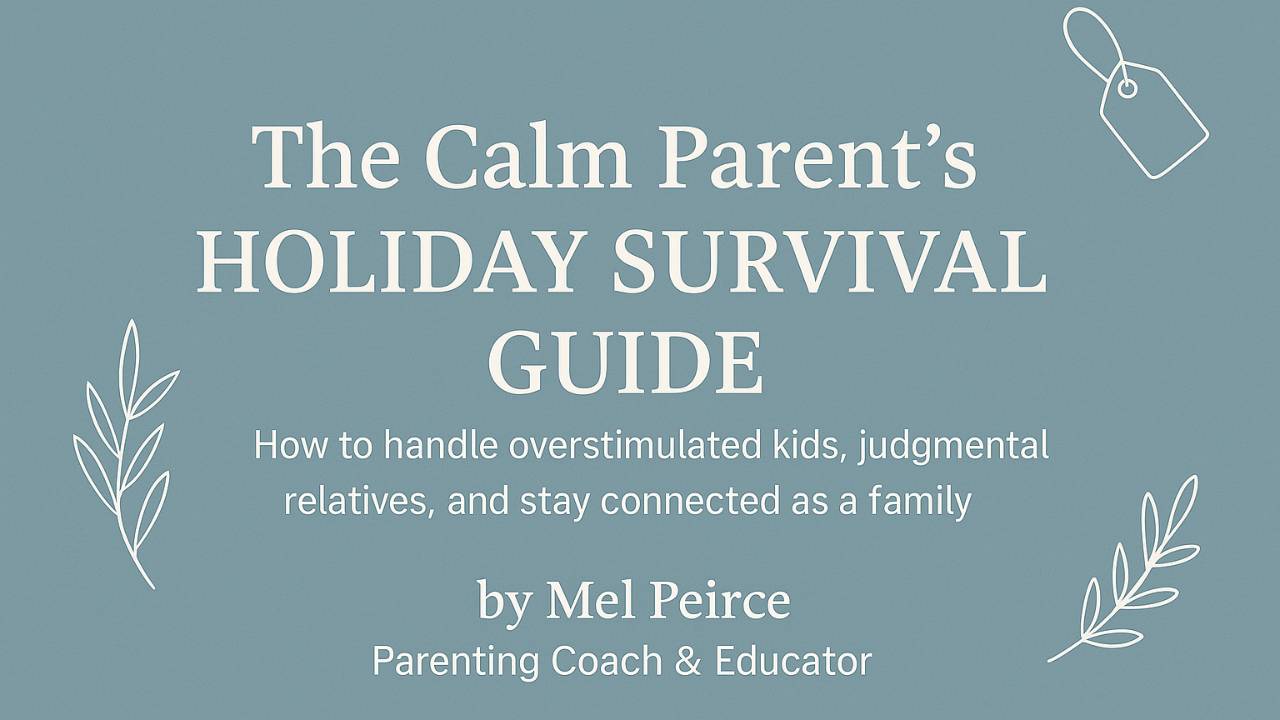How To Help Kids With BIG Feelings
Jul 14, 2022
When your child is upset and experiencing big feelings, is your first instinct to solve the problem that is making them upset? If you’re like most parents (me included!), you want to know what the problem is to see if you can help get it resolved and calm down your child.
So if your child got upset because their balloon popped, you are likely to want to get them another balloon right away. That seems logical, right? Unfortunately, when we solve the problem first, our kids learn that something outside of them has to change for them to feel better. If this seems a little confusing, stay with me and I will explain.
When we are upset and experiencing big feelings, our bodies shift into our sympathetic nervous system which is our fight, flight, or freeze (survival) mode. This comes from thousands of years of genetic programming because for our caveman ancestors, big feelings could mean life or death.
But when we are in survival mode, we are operating from our primal brain, and all access to our prefrontal cortex has shut down — and our prefrontal cortex is the part of our brain that is responsible for our ability to think logically and rationally.
In simple terms, this means our kids can’t think clearly or rationally when they are experiencing big feelings — access to the rational part of their brain has been shut off.
So consider teaching your child to calm down first, and then problem-solve.
The best way to teach them? Model it yourself! Consider that you can normalize pausing to take a deep breath when emotions have escalated and they become big feelings.
When your child is upset, try saying: Let’s just pause a second, put our hands on our hearts, and take a couple of deep breaths so we can think our best. Then we’ll figure out how to work through this.
Depending on your child's age, you might even hold their hand with one hand, while you model putting your hand on your heart with your other hand as you breathe. Deep breaths will help calm down their nervous system and putting your hand on your heart actually helps your body release oxytocin, a “feel good” hormone that also helps to calm them down.
Once you have helped your child calm down their nervous system, their body can shift out of survival mode, so they once again have access to their prefrontal cortex — and can think more logically and problem-solve.
Trust me, our kids are always watching us! I had one client whose son told her that 8-year-olds notice everything, and another client that caught her 3-year-old with her face all scrunched up as she was taking deep breaths in and out, working on calming herself down. So trust that if you start doing this yourself, they will pick up on it.
This is part of my Parent From Neutral Program, where I help parents learn how to take the heightened emotions out of their parenting process so they can parent their best when their kids need them most. Because when you learn how to de-escalate your own emotions, you can teach it to your kids. This is how we break old parenting patterns and raise a new emotionally healthy generation from the ground up. To learn more, click here.
Join the Confident Parenting Community.
Receive the latest tips and tools from the Confident Parenting Toolbox to support your kids
(and yourself!) with today's challenges so your whole family can thrive.
We hate SPAM. We will never sell your information, for any reason.


